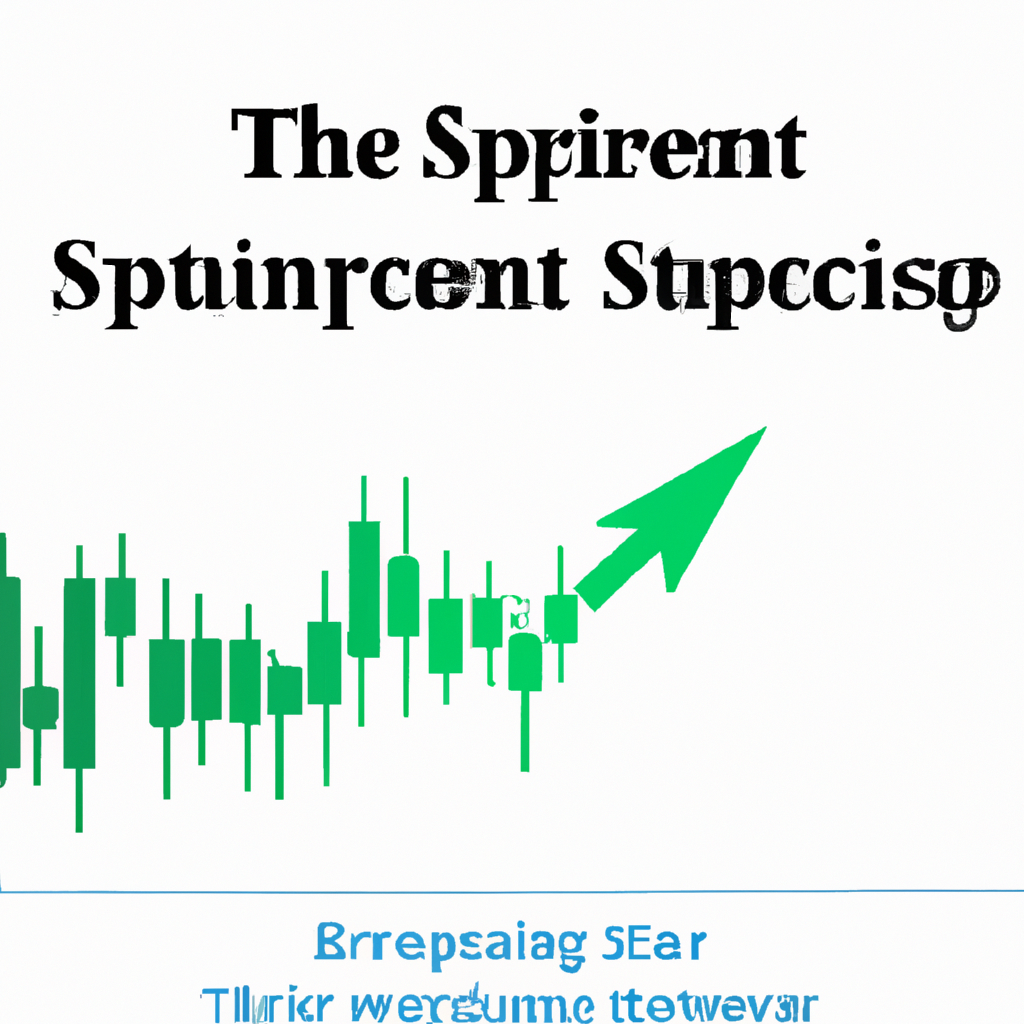
Mastering Support and Resistance Trading Strategies
# Support/Resistance Trading Strategies
In the realm of technical trading, understanding and effectively utilizing support and resistance levels is fundamental for predicting future price movements. This article explores the concept of support and resistance trading strategies, providing traders with insights and techniques to improve their market analysis and trading decisions.
##
Understanding Support and Resistance
Support and resistance levels are pivotal zones where the forces of supply and demand meet. These levels can act as barriers, preventing the price of an asset from getting pushed in a certain direction beyond a particular point.
–
Support Levels
Support levels are where the price tends to find a floor, stopping the price from dropping further. It’s a level where demand is thought to be strong enough to prevent the price from declining further.
–
Resistance Levels
Conversely, resistance levels indicate a ceiling, beyond which the price has a hard time climbing. It’s a price point where selling interest overcomes buying pressure, hindering price from rising further.
Understanding these levels offers traders strategic entry and exit points, giving them a significant edge in making prudent trading decisions.
##
Identifying Support and Resistance Zones
Identifying these crucial zones accurately is essential for applying any support and resistance trading strategy effectively.
–
Swing Lows and Highs
One basic method is to look for swing lows and highs. A swing low, followed by a higher low, can act as a support level, whereas a swing high followed by a lower high could signify a resistance level.
–
Moving Averages
Moving averages are also used to identify dynamic support and resistance levels. They smooth out price data over a specific period, providing a moving line that prices tend to bounce off.
–
Trend Lines
Drawing trend lines by connecting multiple swing lows or highs provides visual representations of support and resistance levels. These lines help predict potential price movements.
–
Psychological Levels
Round numbers, such as 1.3000 on EUR/USD or 20,000 on the Dow Jones, often act as psychological support and resistance levels because traders place orders at these round figures.
##
Trading Strategies Based on Support and Resistance
With a clear understanding of how to identify support and resistance levels, traders can implement strategic trades based on these zones.
–
Buying at Support/Selling at Resistance
A classic strategy involves buying at support levels and selling at resistance levels. Traders expect the price to rebound from these levels, making it a potentially profitable strategy.
–
Breakout Trading
Another approach is to wait for the price to break through support or resistance levels, signaling a potential new trend. Breakout traders enter a long position after the price breaks above resistance or a short position when it breaks below support.
–
Reversal Trading
More advanced traders might look for reversal signals at support or resistance levels. This involves entering trades based on the expectation that the price trend will reverse upon reaching these levels.
##
Risk Management in Support/Resistance Trading
Applying sound risk management strategies is crucial when trading based on support and resistance levels.
–
Stop-Loss Orders
Placing stop-loss orders just beyond the support or resistance level can protect against significant losses if the market does not move as expected.
–
Position Sizing
Adjusting your position size based on the distance to your stop loss and your risk tolerance is another key aspect of managing risk.
–
Risk-Reward Ratio
Always consider the potential risk versus reward before entering a trade. A common strategy is to look for opportunities where the potential reward is at least twice the risk.
##
Conclusion
Support and resistance trading strategies offer traders powerful tools for making informed decisions. By understanding and identifying these levels, traders can optimize entry and exit points, manage risk more effectively, and ultimately enhance their trading performance. As with any trading strategy, practice and continuous learning are key to success.

